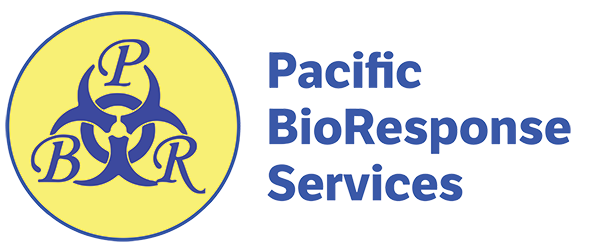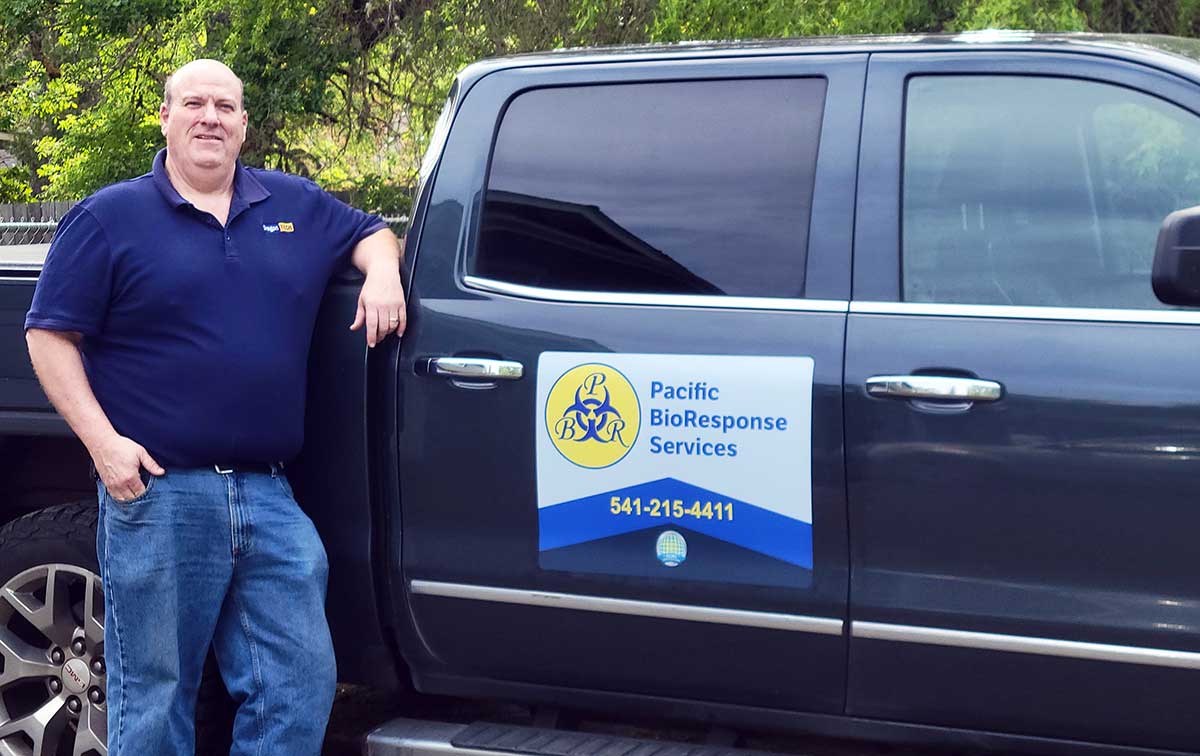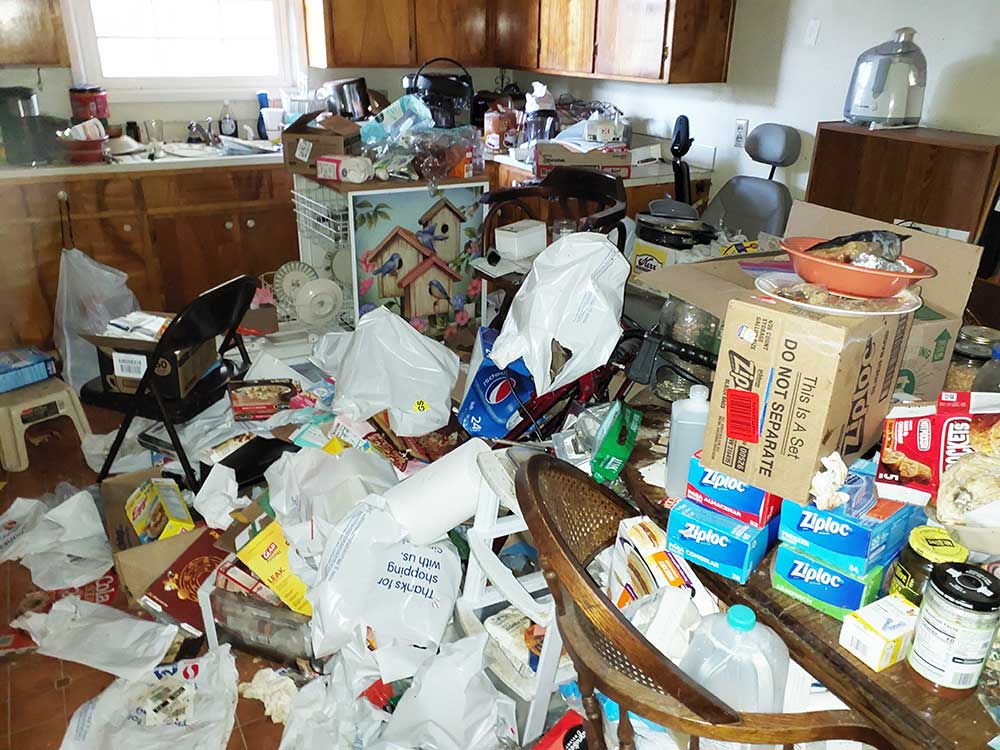Biohazard cleanup—whether for bodily fluids, chemicals, or waste—can be a daunting necessity after incidents like trauma accidents, crime scenes or unattended deaths. Fortunately, many insurance policies cover these services, easing the financial burden. At Pacific BioResponse Services, we’ve seen how understanding insurance options can make a challenging situation more manageable. Here we’ll explain how insurance applies to biohazard cleanup, key steps to file claims, and tips to maximize coverage, empowering you to act confidently.
Does Insurance Cover Biohazard Cleanup?
Most homeowner’s, renter’s, and commercial property insurance policies include coverage for biohazard remediation, especially for incidents like sewage backups, trauma scenes, or vandalism-related hazards. Coverage typically includes:
- Cleanup Costs: Labor, equipment, and disposal fees for removing contaminants like bacteria or toxins.
- Property Restoration: Repairs to damaged materials, such as flooring or drywall, caused by biohazards.
- Additional Expenses: Temporary relocation or storage may be covered if the property becomes uninhabitable.
It is important to note, however, that policies vary. Some may limit coverage based on the biohazard type (e.g., excluding certain chemical spills) or require specific documentation. Delays in reporting can also complicate claims, as biohazards like mold or bacteria can worsen quickly, increasing costs. This is a unique challenge for homes, businesses, and communities alike, where timely action and insurance knowledge are critical.
Steps to File a Biohazard Cleanup Claim
To navigate the insurance process effectively, follow these actionable steps:
- Review Your Policy Promptly: Check your homeowner’s, renter’s, or commercial policy for biohazard or damage-related clauses. Look for terms like “biohazard remediation” or “trauma cleanup” to confirm coverage. Your agent can likely help.
- Document the Scene Safely: Take photos or videos of the affected area from a safe distance, noting visible hazards (e.g., bloodstains, waste). This evidence supports your claim without risking exposure.
- Contact Your Insurer Immediately: Report the incident within 24–48 hours to start the claim process. Provide details about the biohazard and its impact on the property.
- Choose a Certified Vendor: Select a biohazard cleanup provider with IICRC certification who can provide detailed invoices and work with insurers. Ask if they assist with claim paperwork.
- Keep Records of All Interactions: Save emails, receipts, and notes from conversations with your insurer and cleanup team to track the claim’s progress.
These steps streamline approval and ensure you’re reimbursed for eligible costs.
Tips to Maximize Your Coverage
To get the most from your insurance:
- Act Fast: Quick reporting prevents biohazard escalation, which insurers may view favorably.
- Request Itemized Estimates: Ask the cleanup vendor for a detailed breakdown of costs (labor, materials, disposal) to satisfy insurer requirements.
- Verify Vendor Expertise: Insurers often prefer certified providers, as they ensure compliance with health regulations, reducing claim disputes.
- Ask About Deductibles: Clarify your policy’s deductible to budget for out-of-pocket costs.
- Appeal Denials if Needed: If a claim is partially denied, provide additional documentation or consult your vendor for support.
Choosing a vendor experienced in insurance coordination can simplify the process and boost reimbursement chances.
Take Control of Your Claim
Biohazard cleanup doesn’t have to break the bank. Review your policy, document the scene, report promptly, and choose a certified vendor. Contact Pacific BioResponse Services for professional biohazard remediation and expert insurance support to restore your property with confidence.







